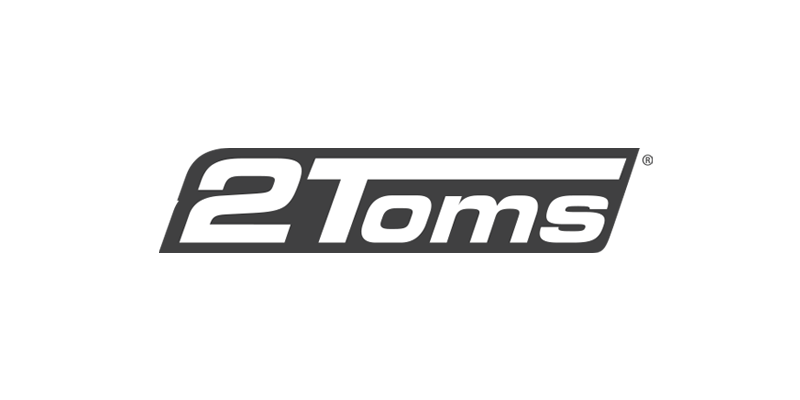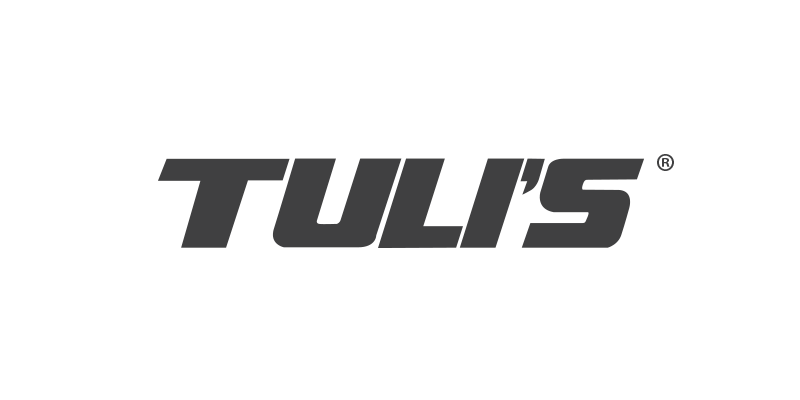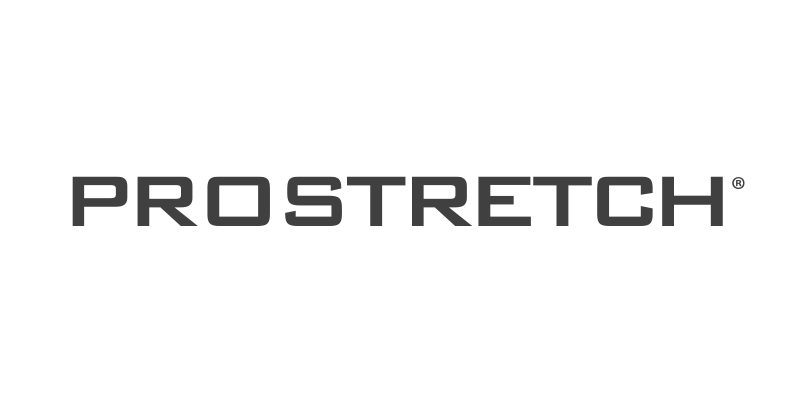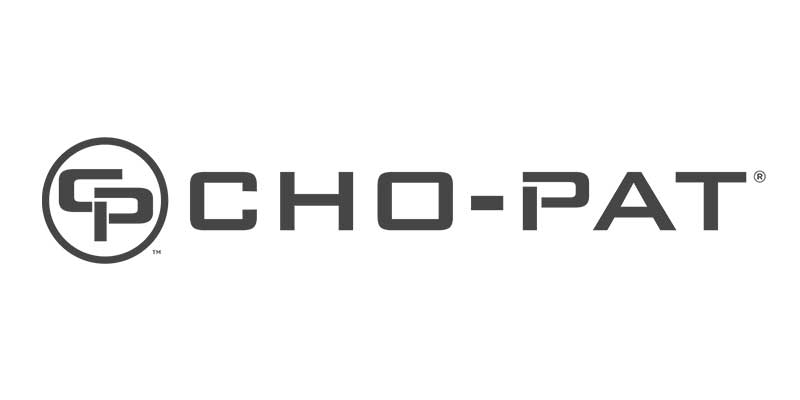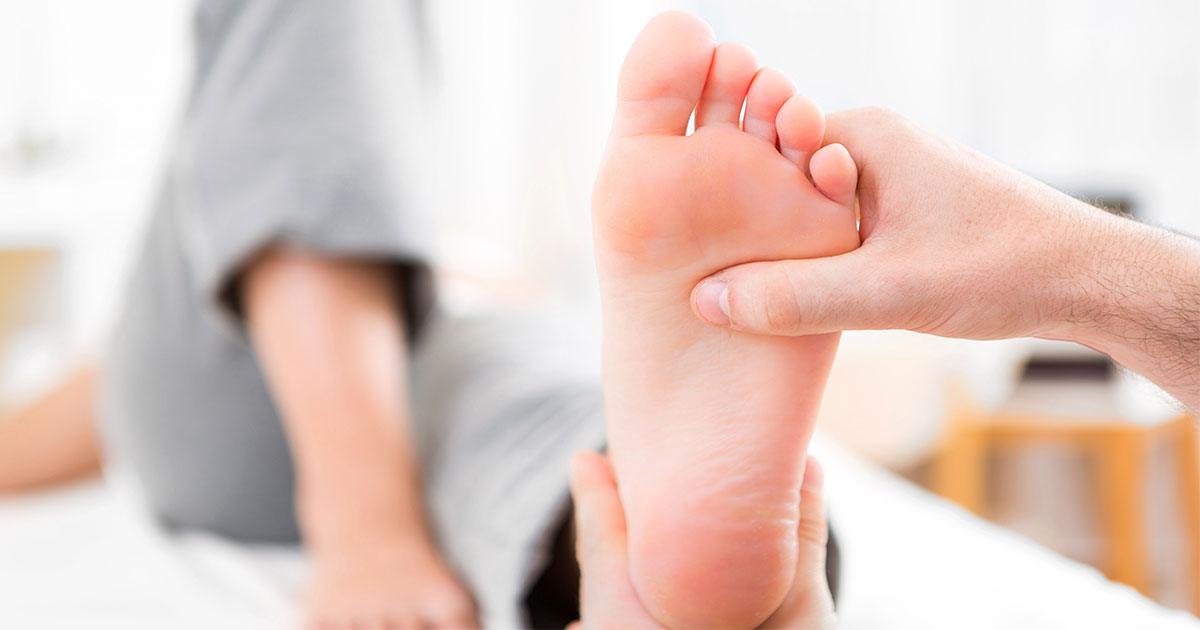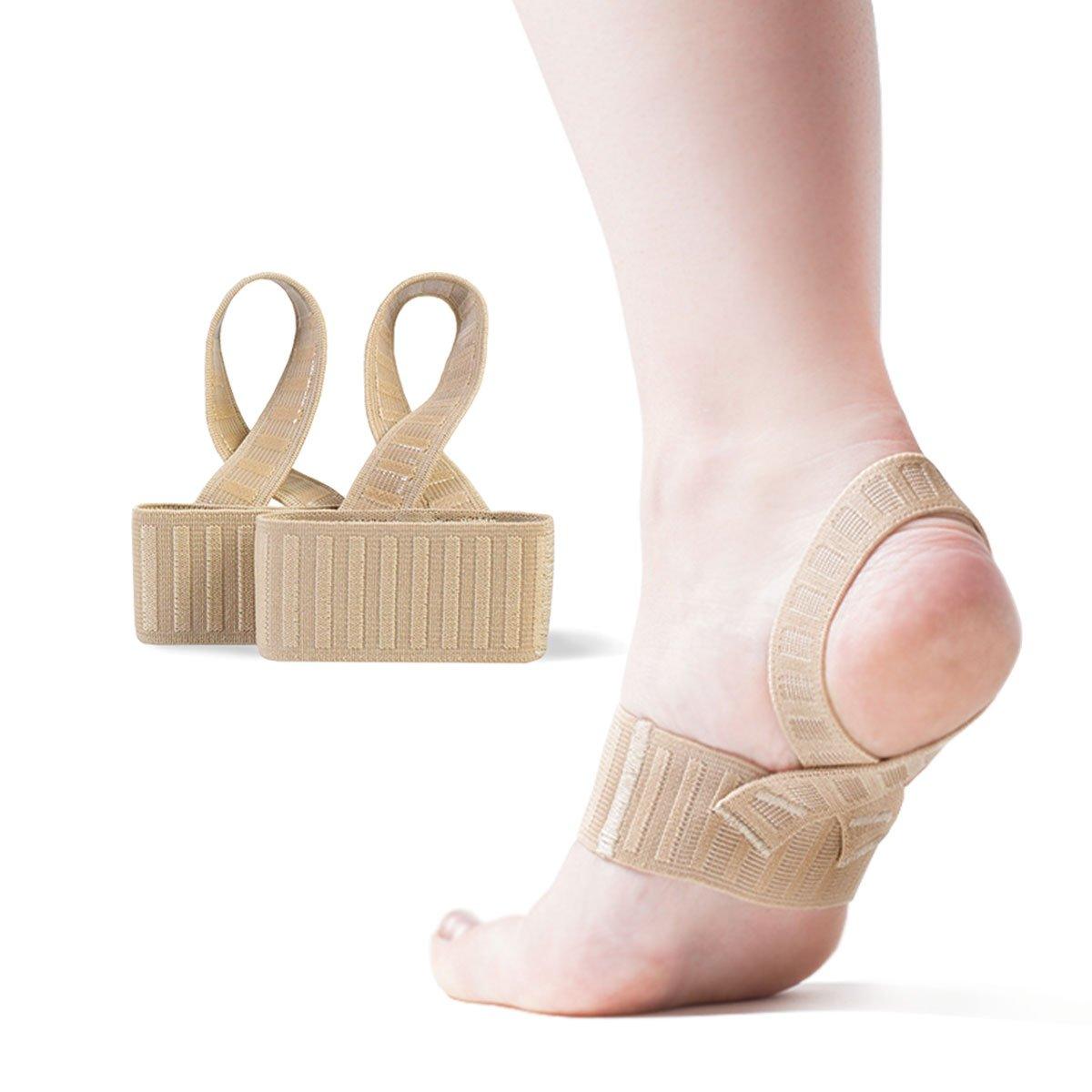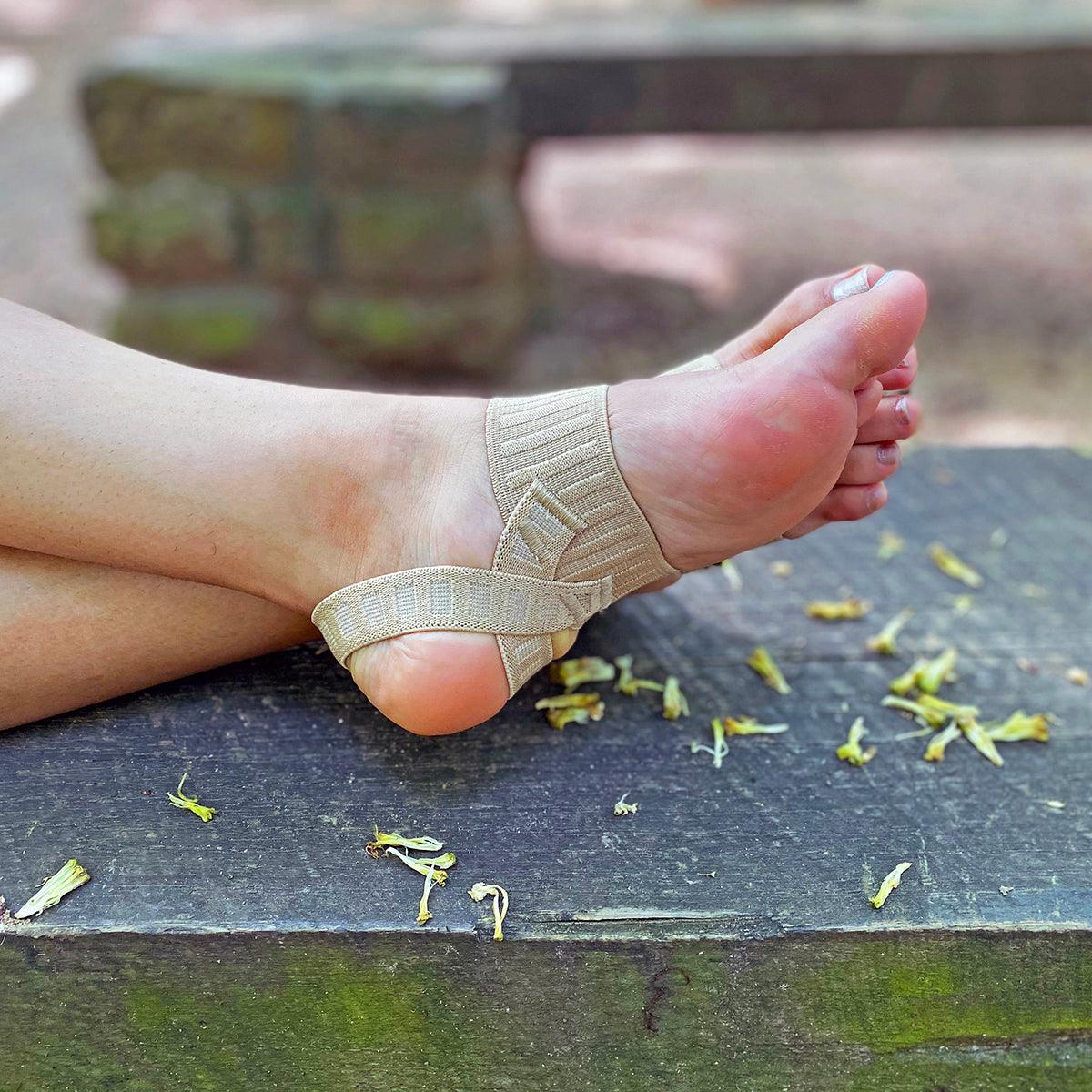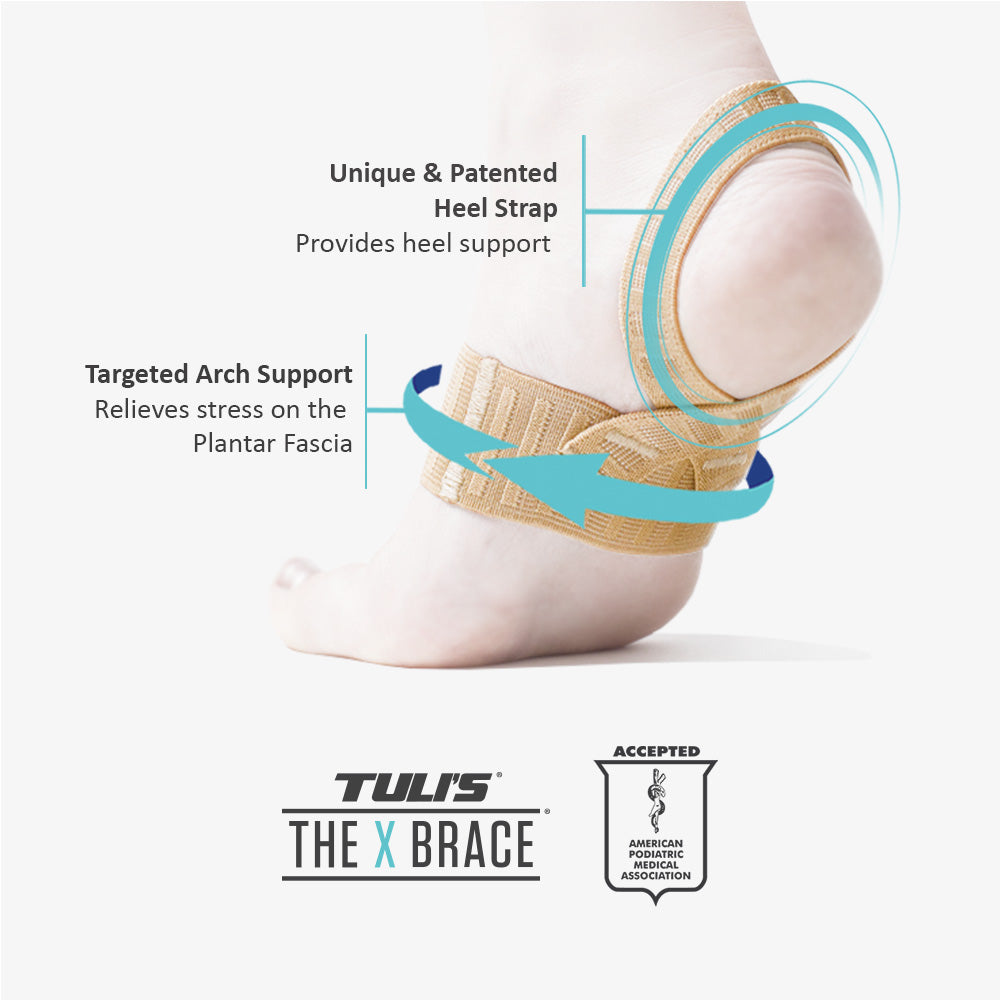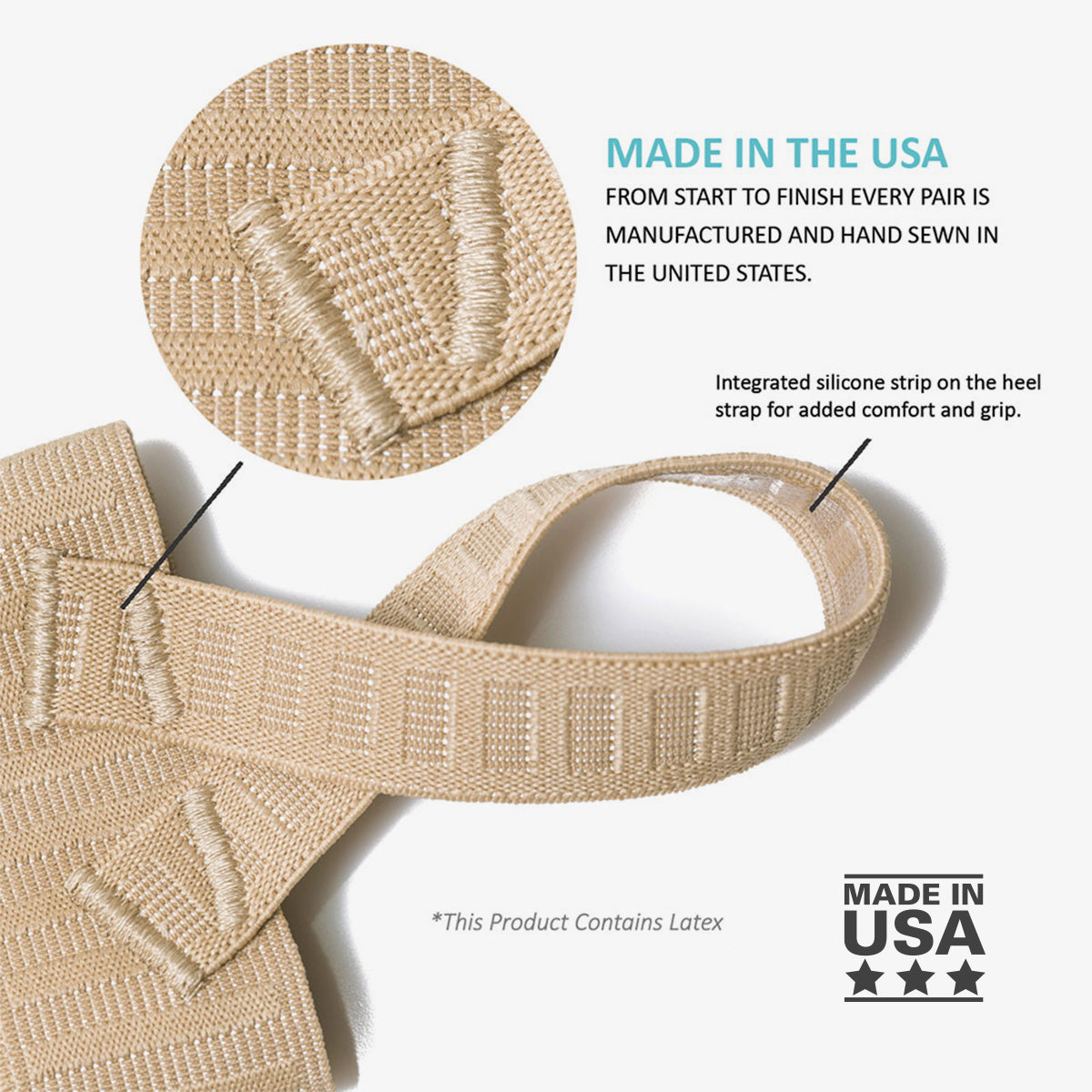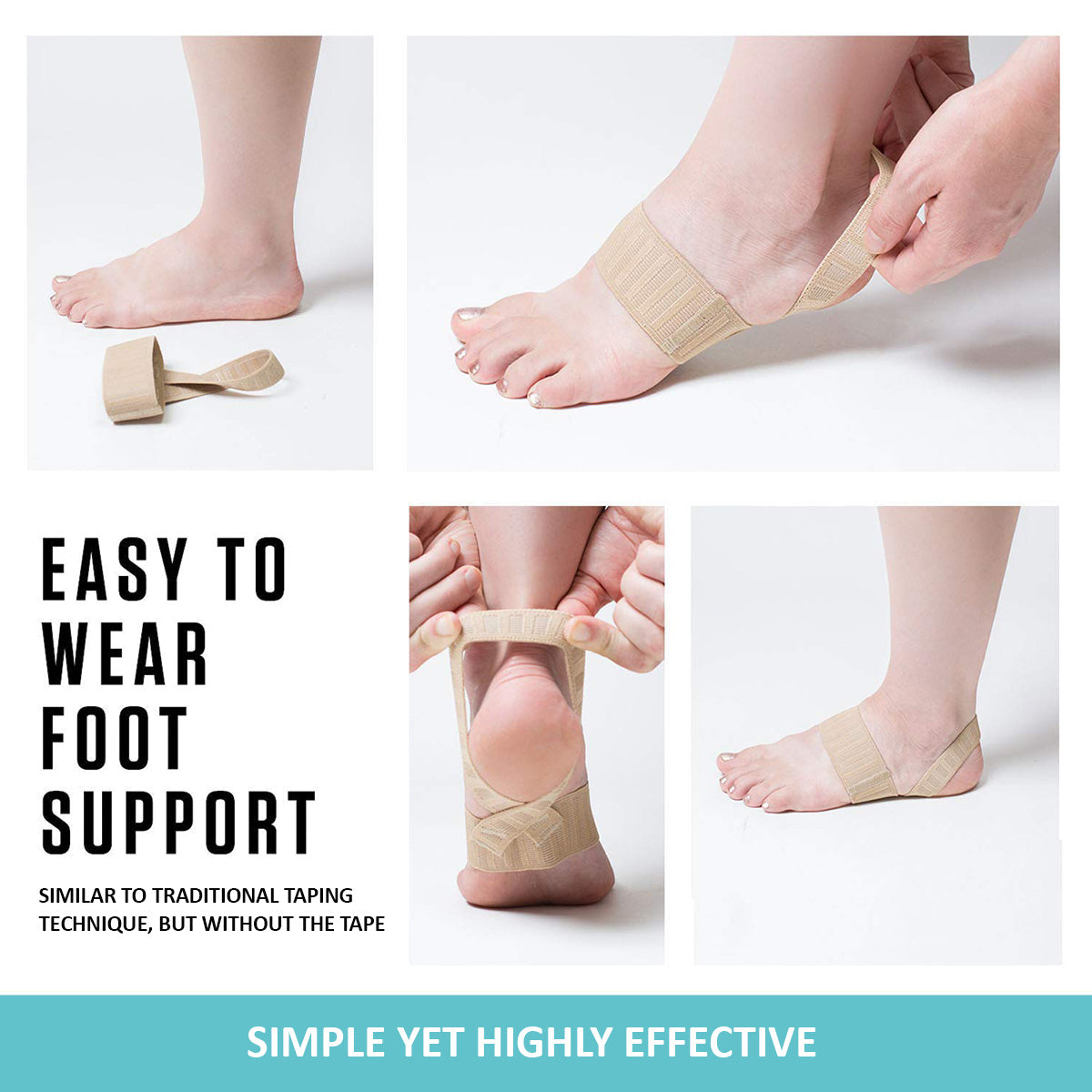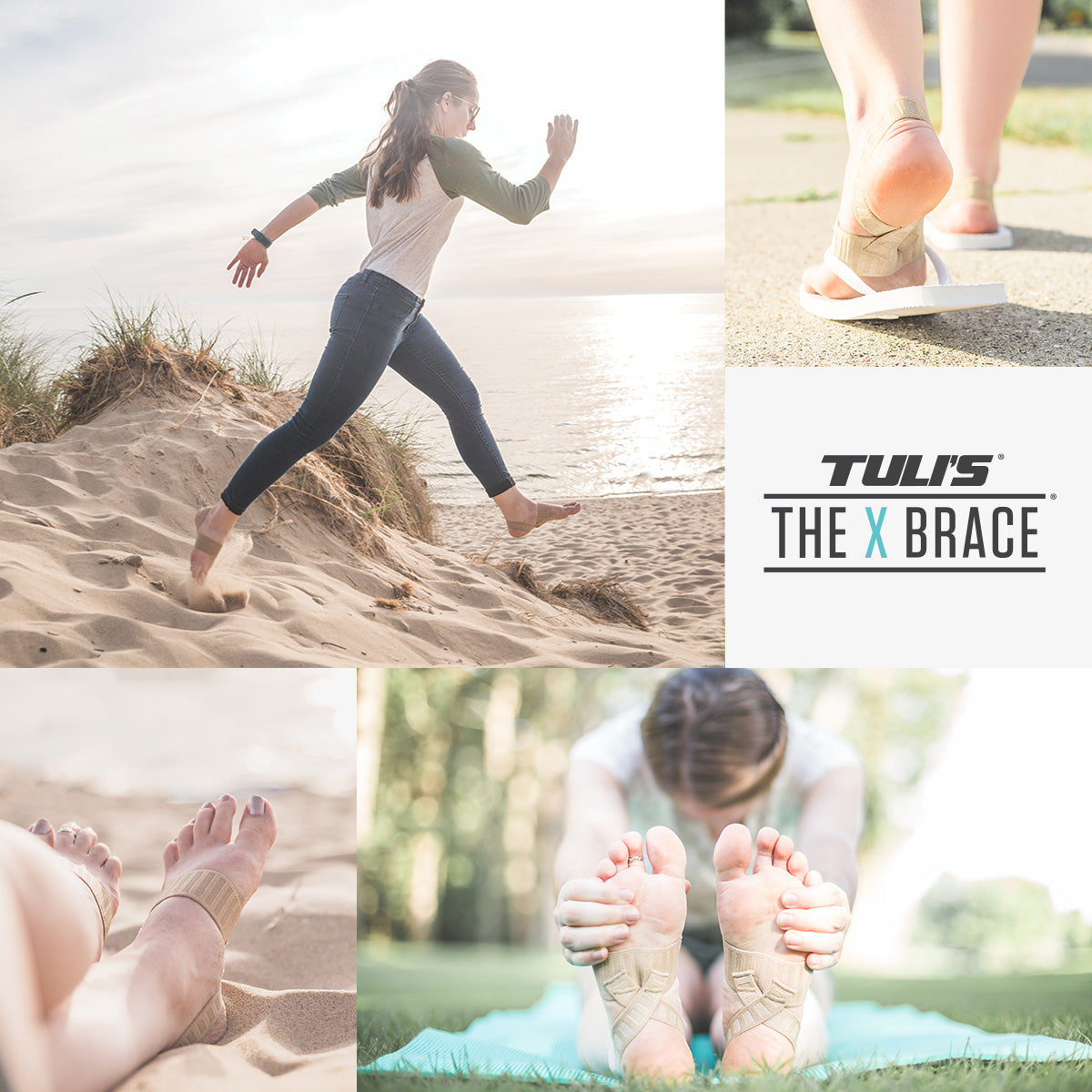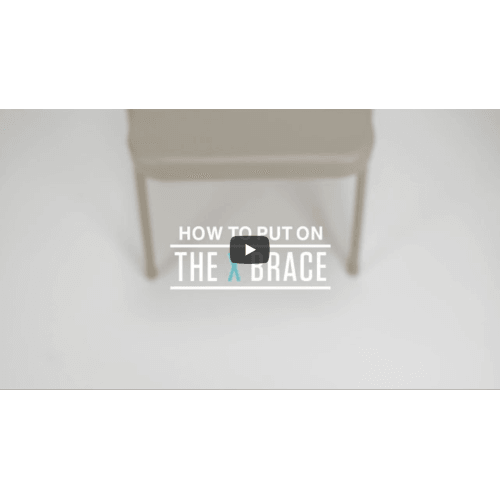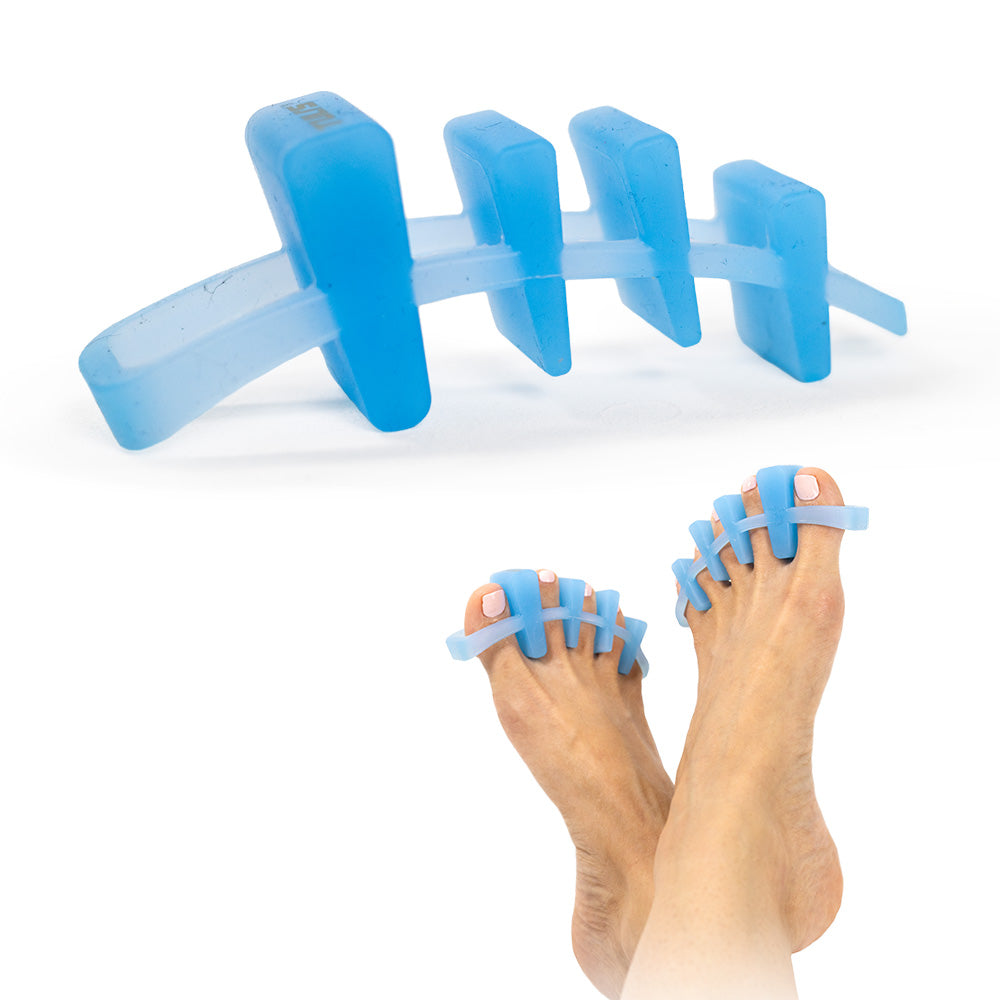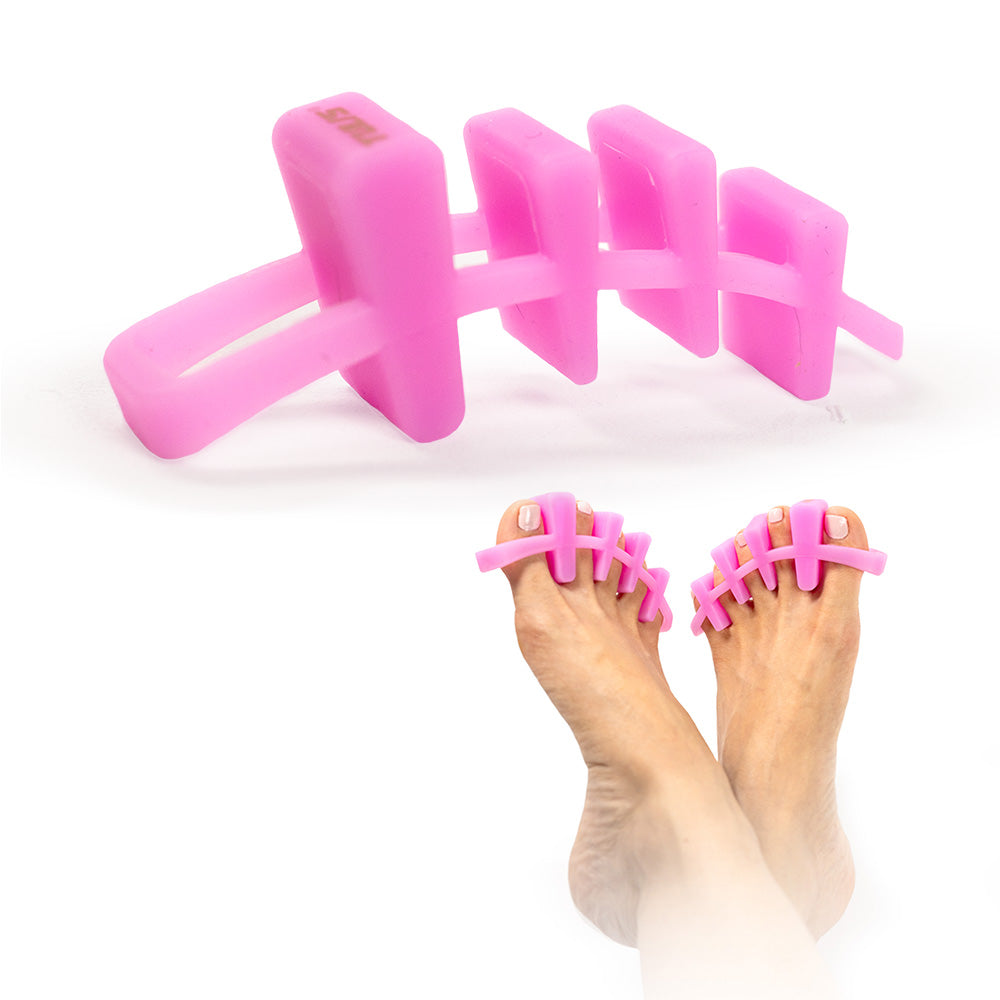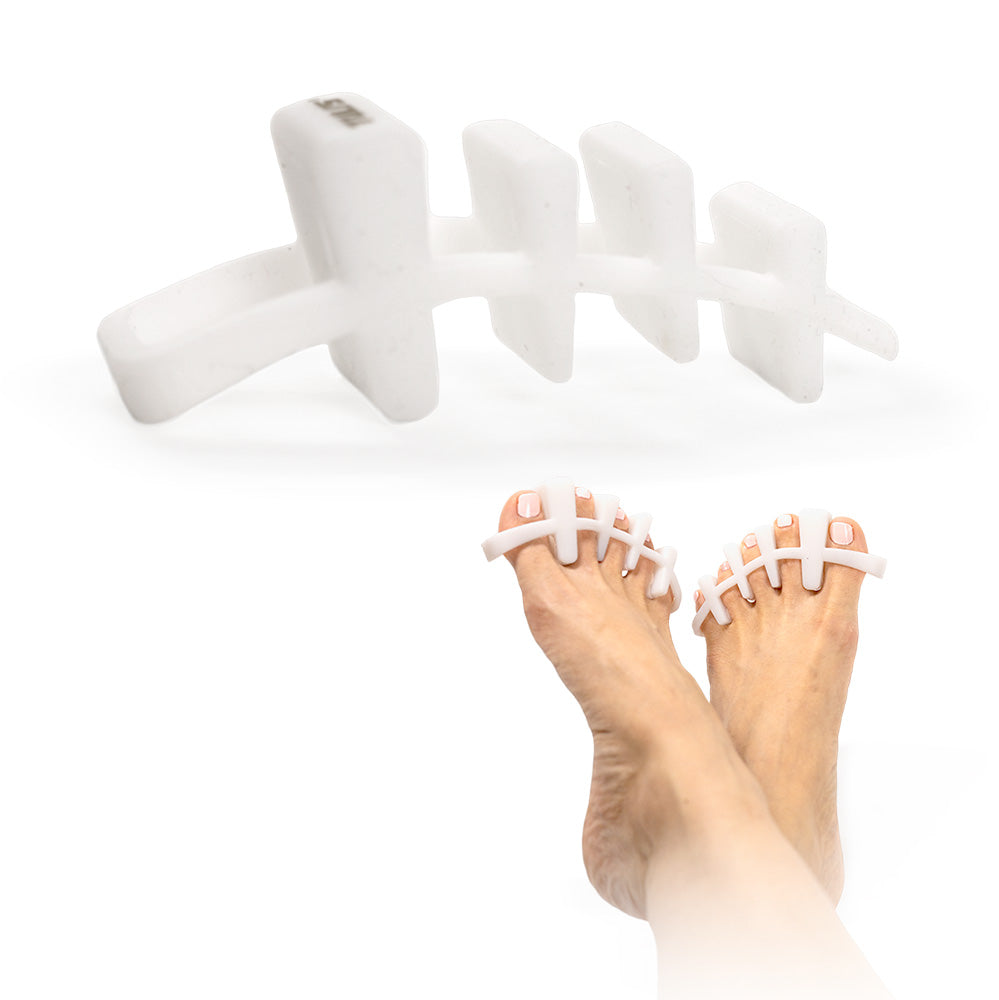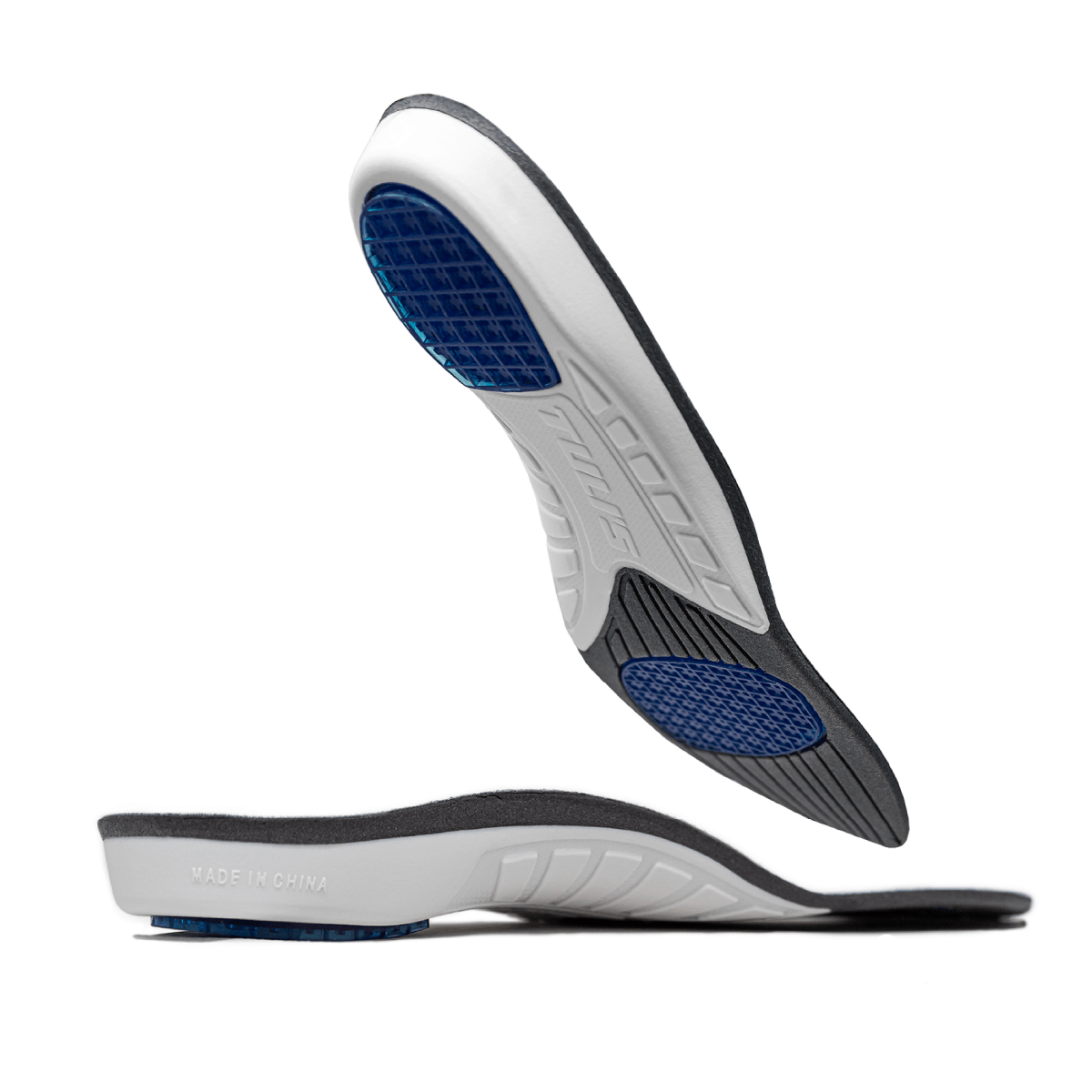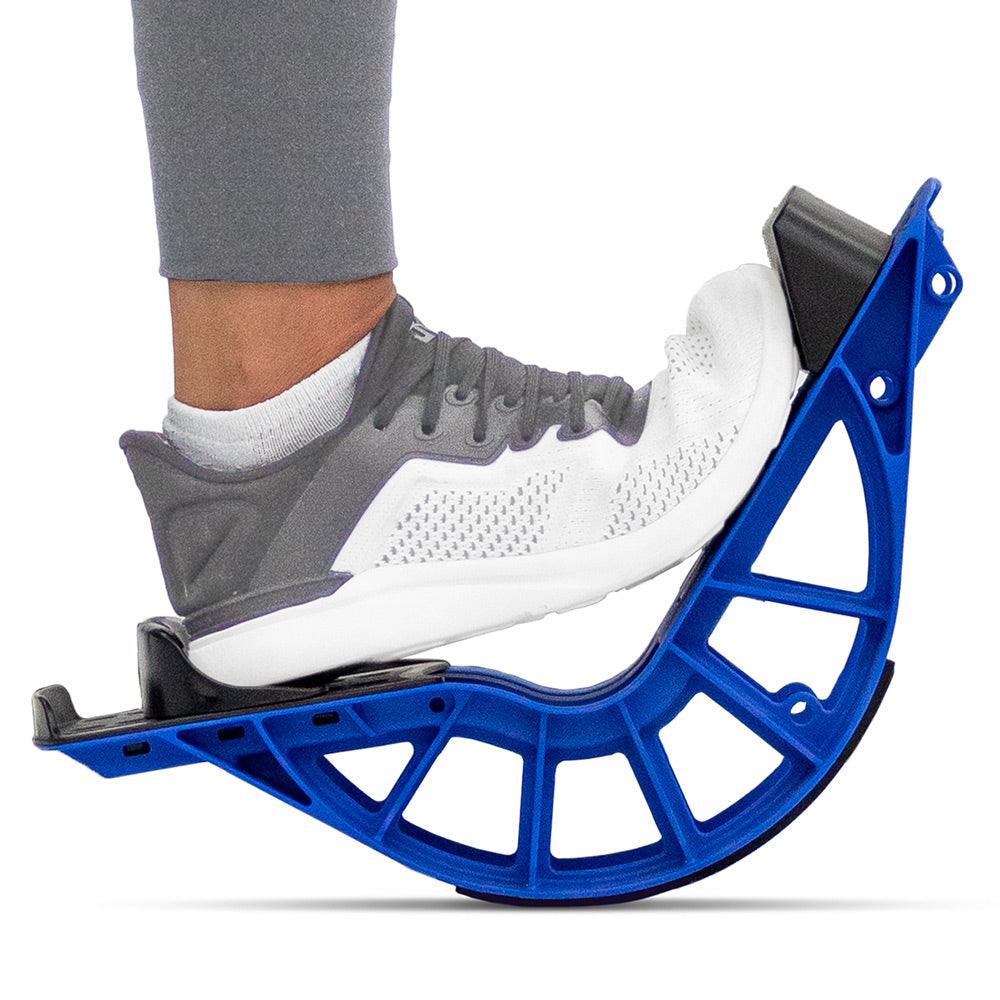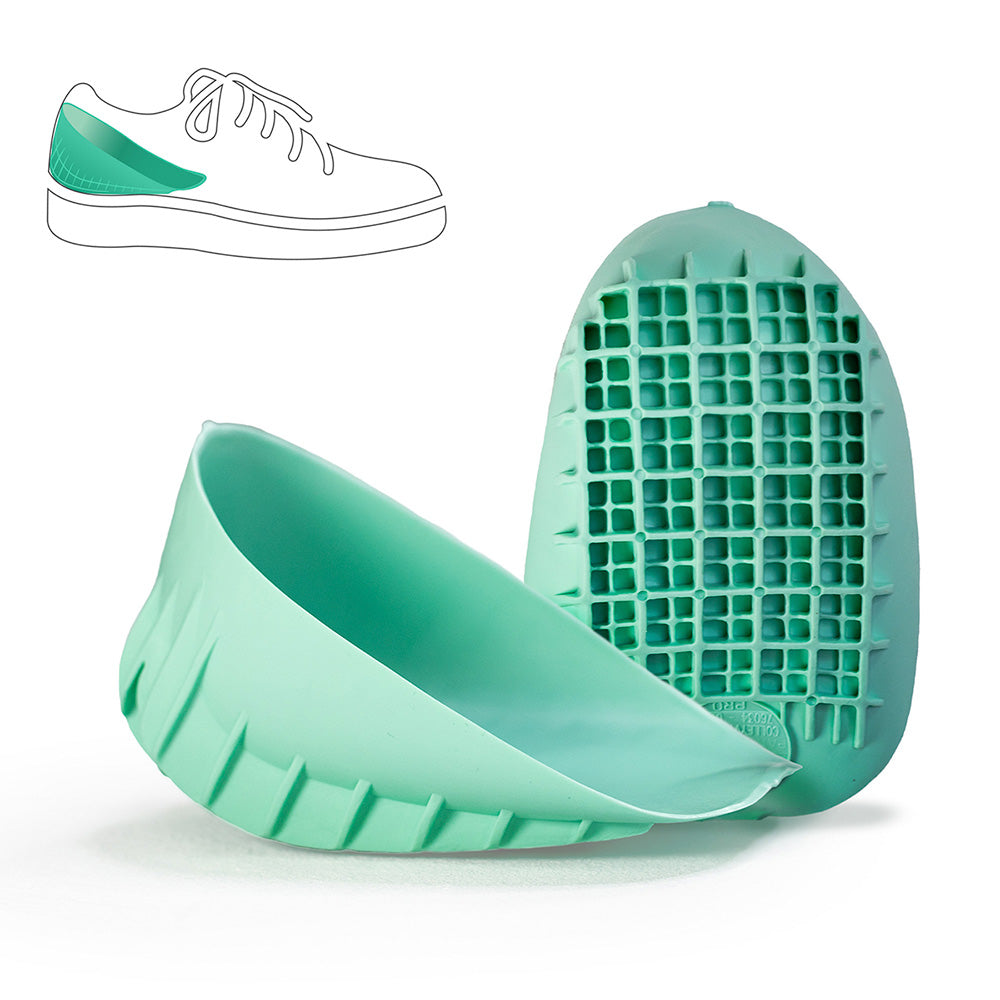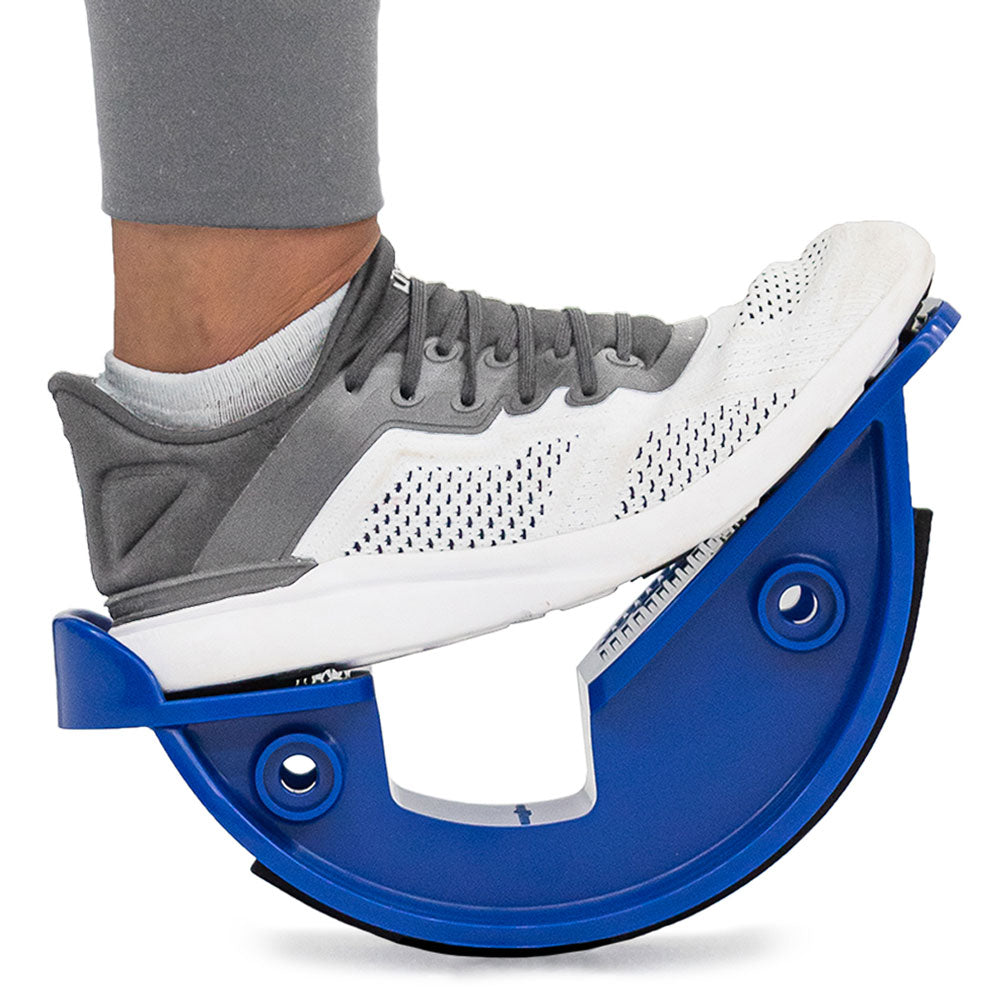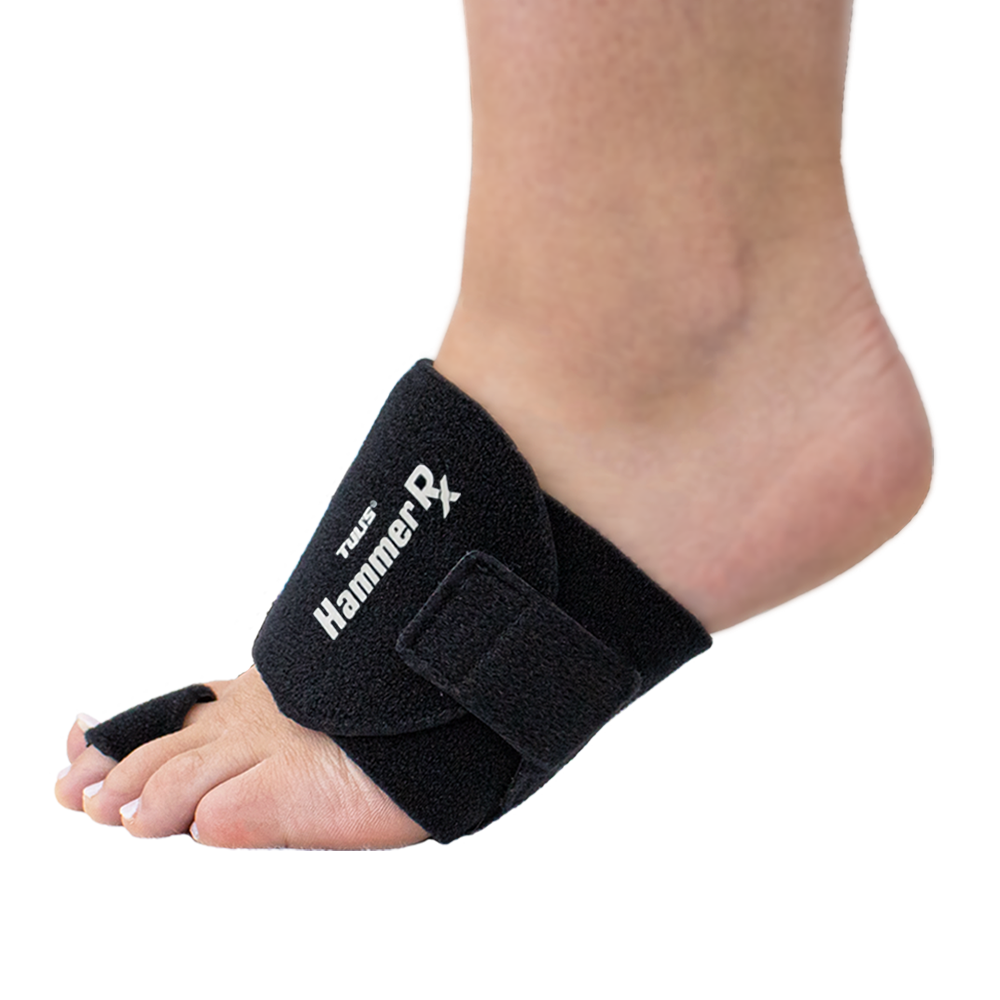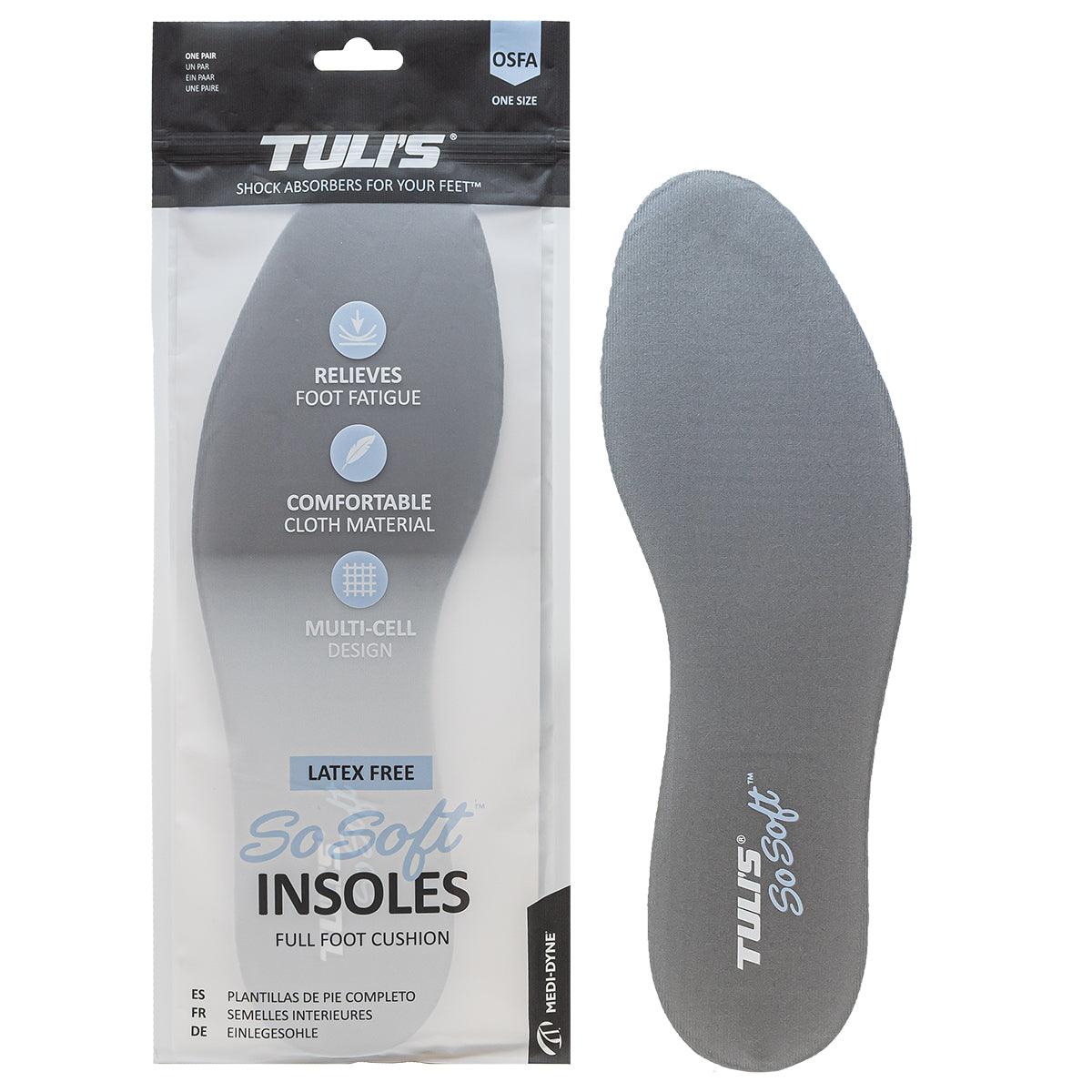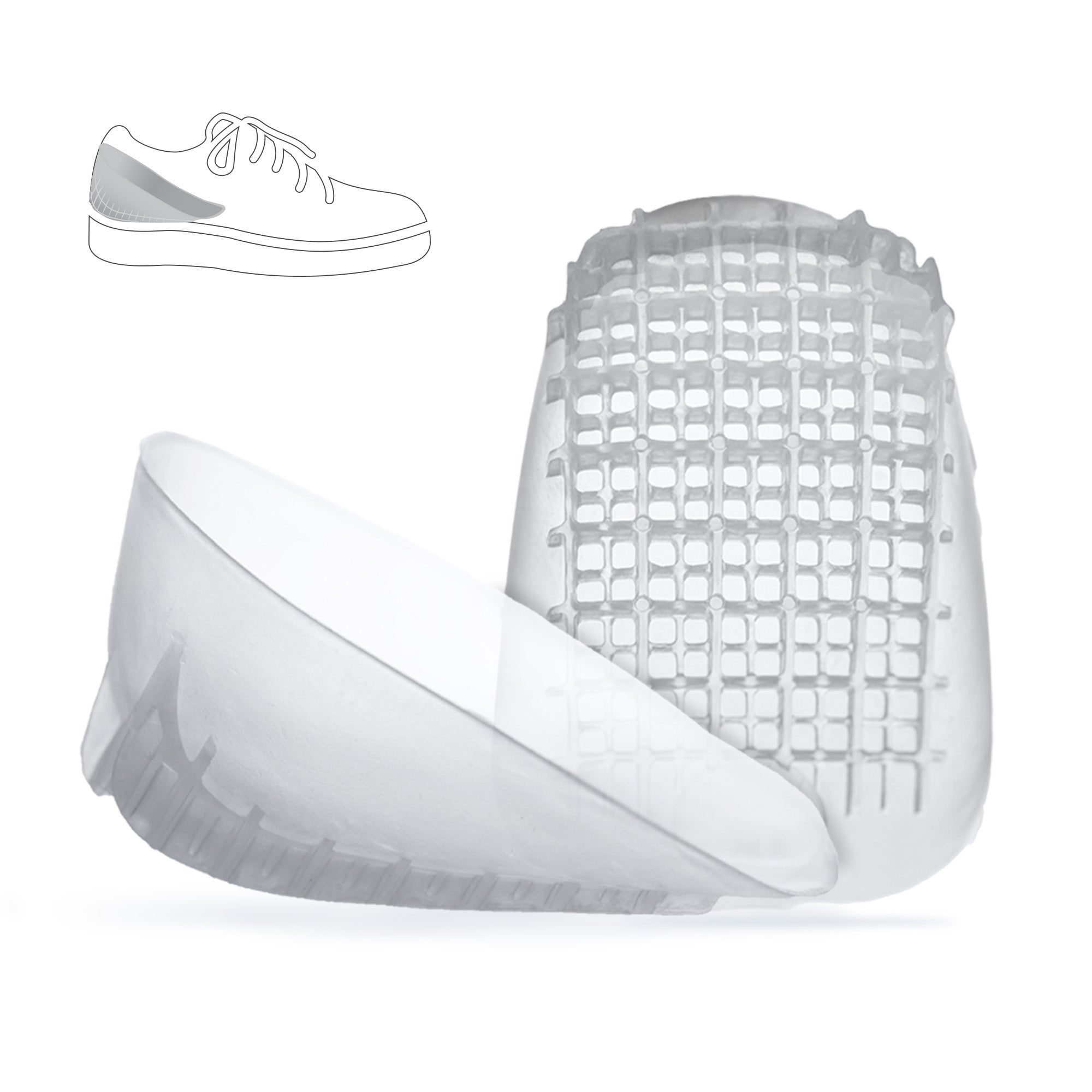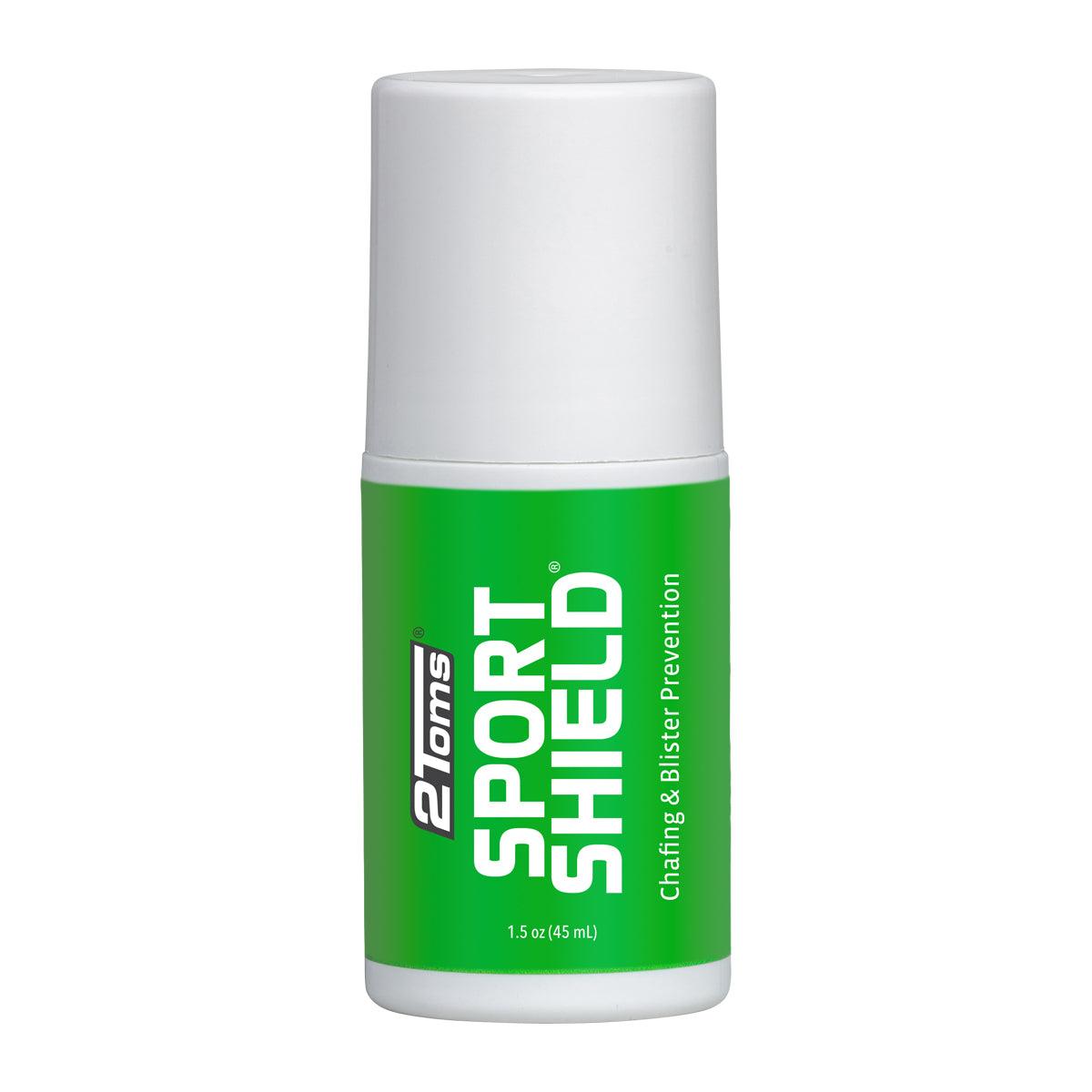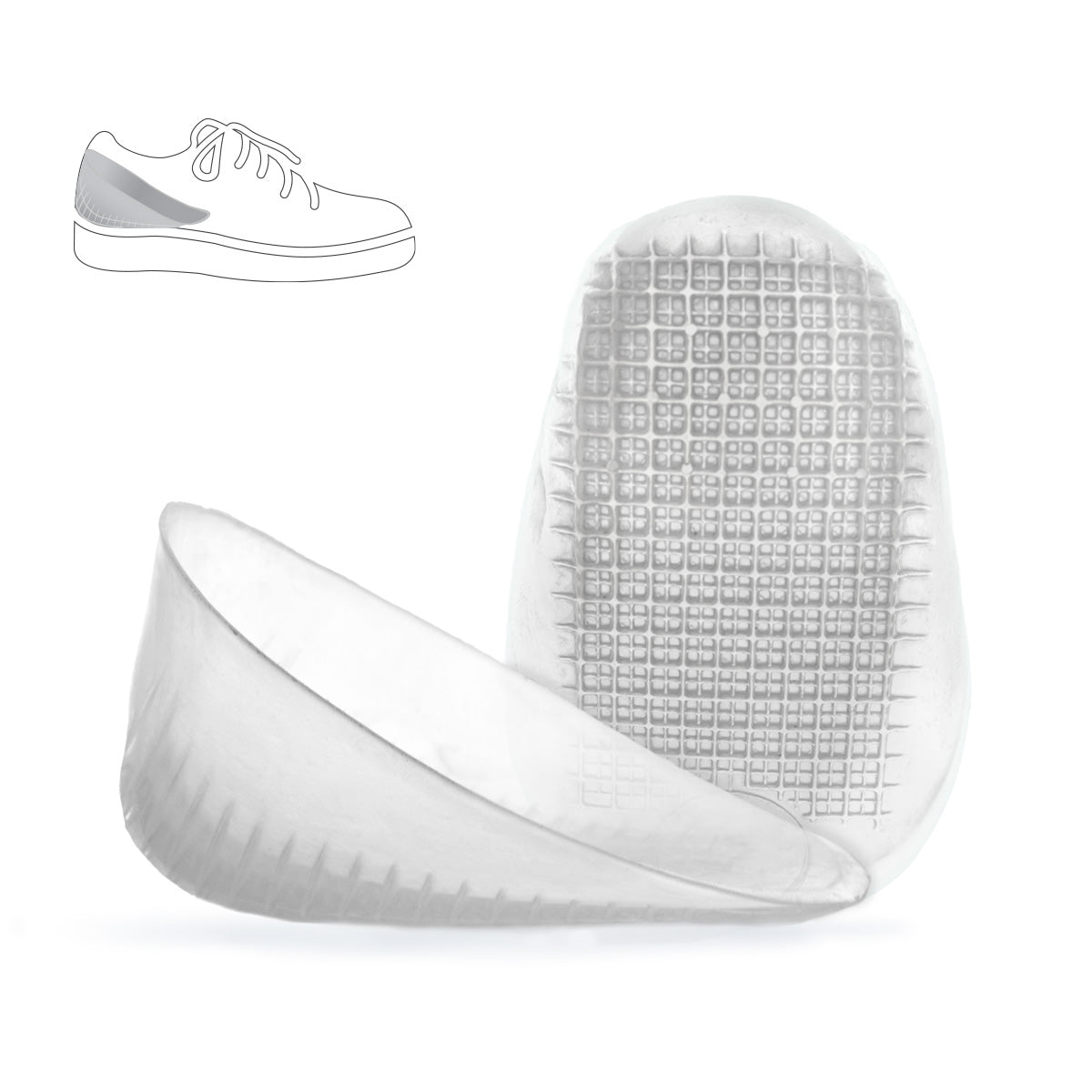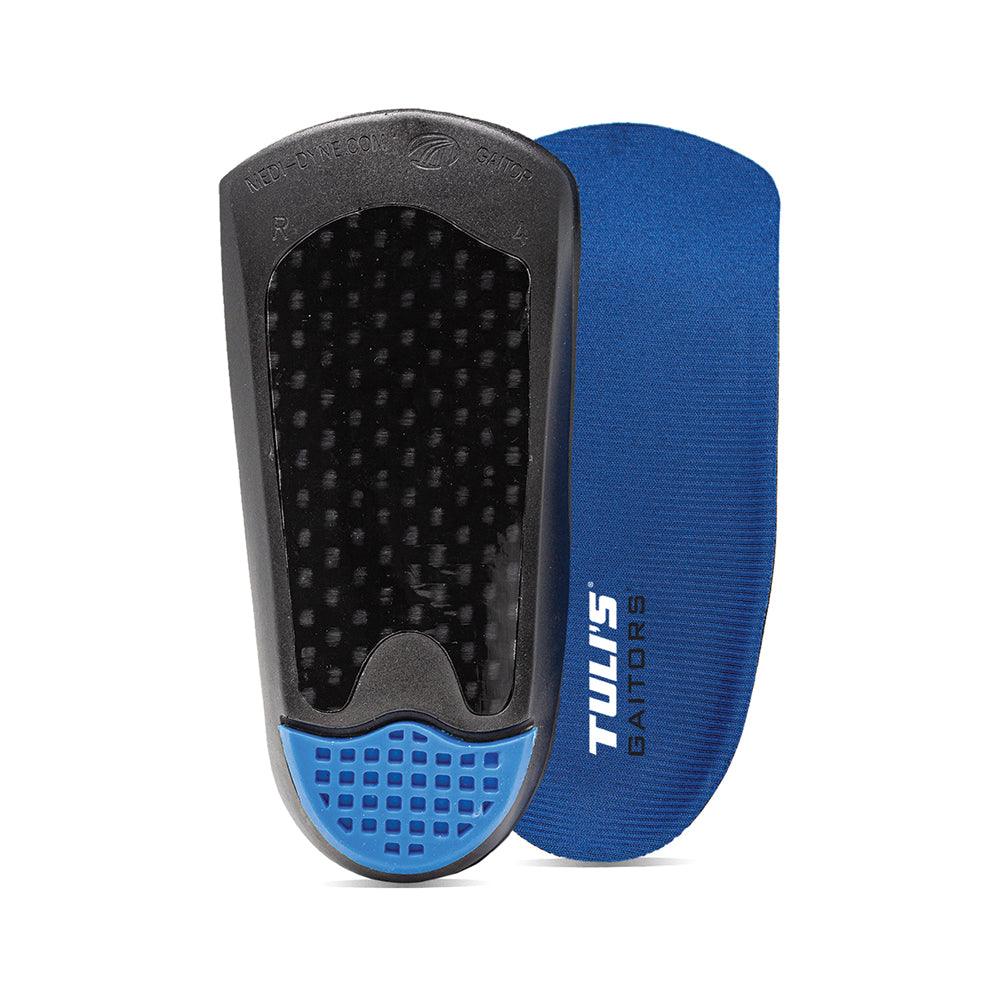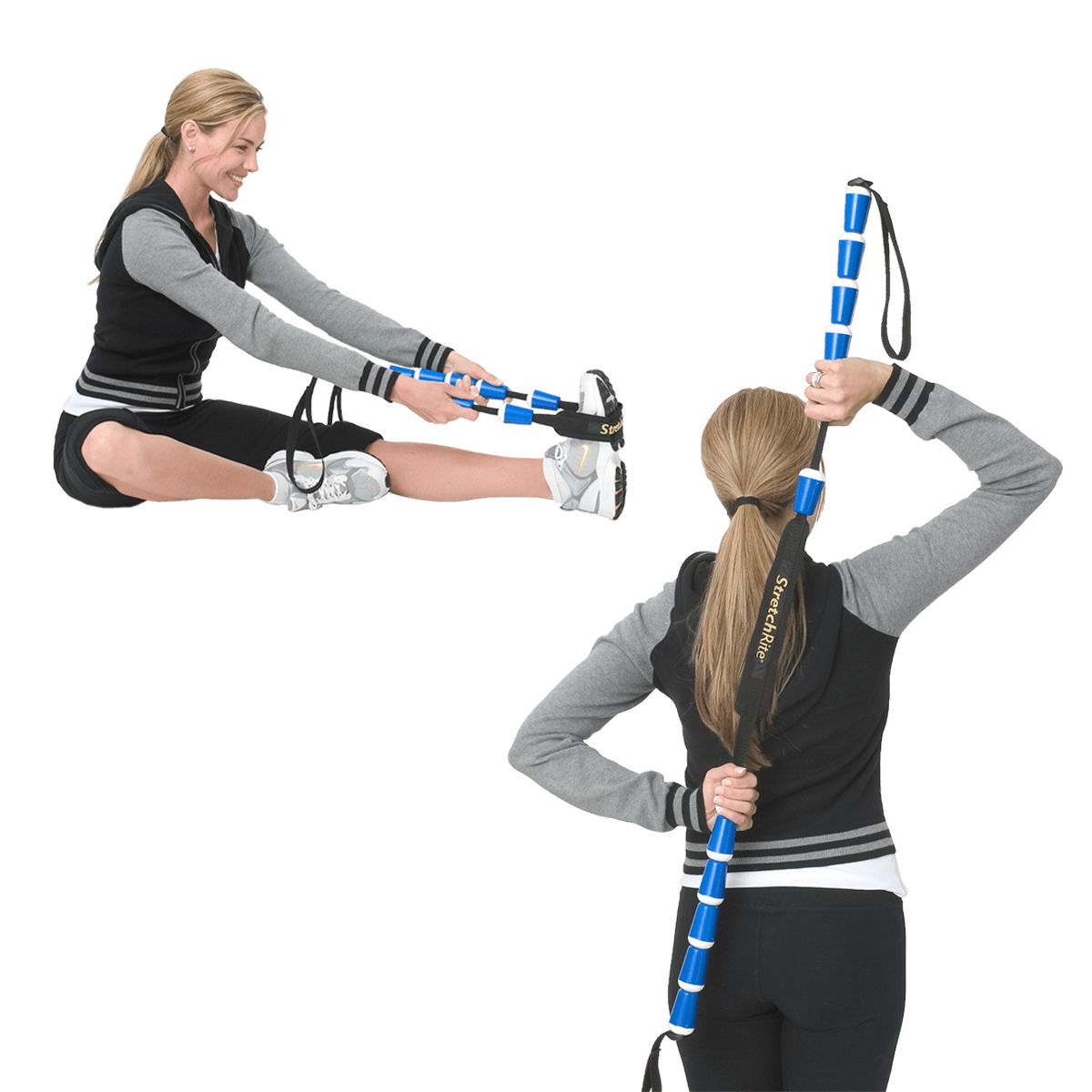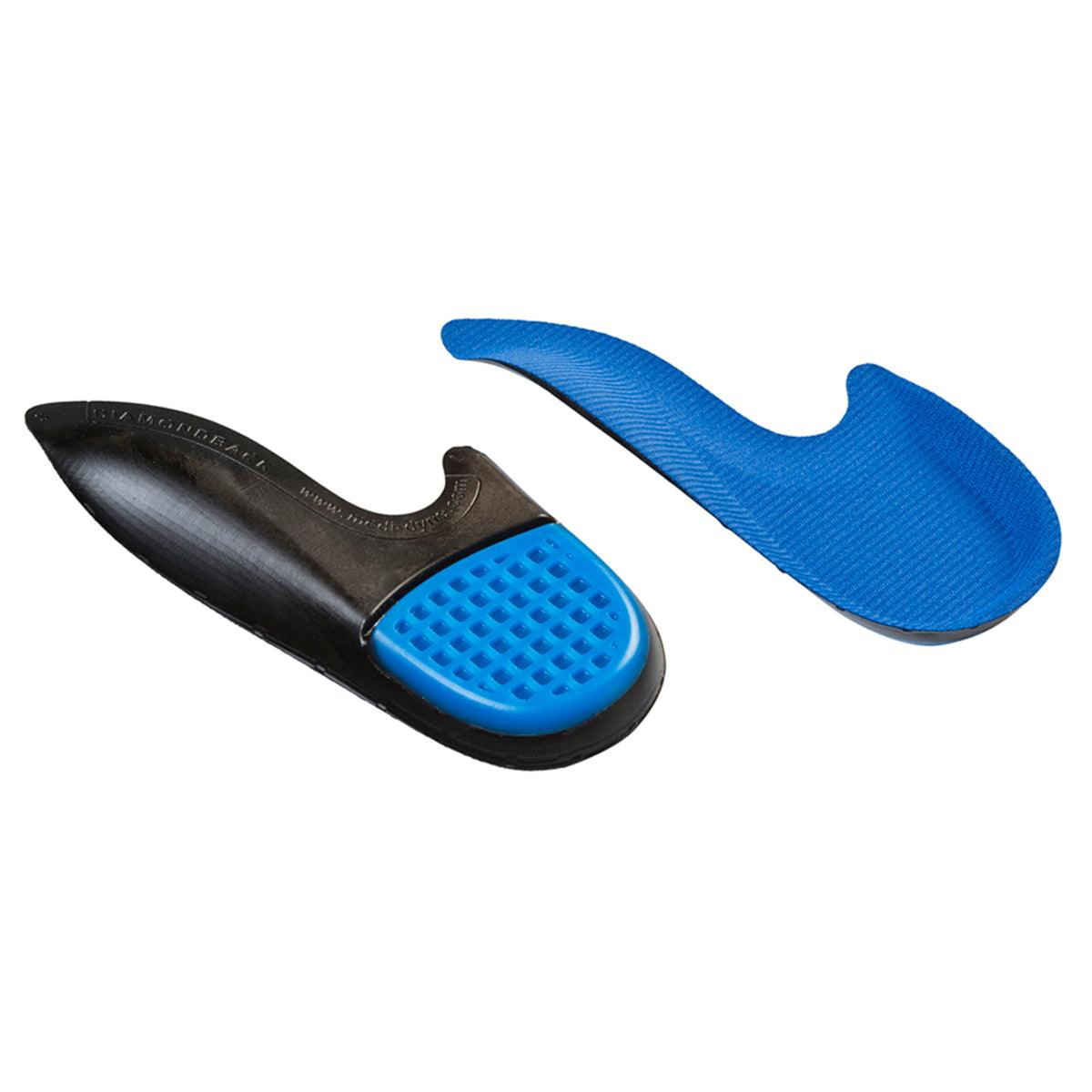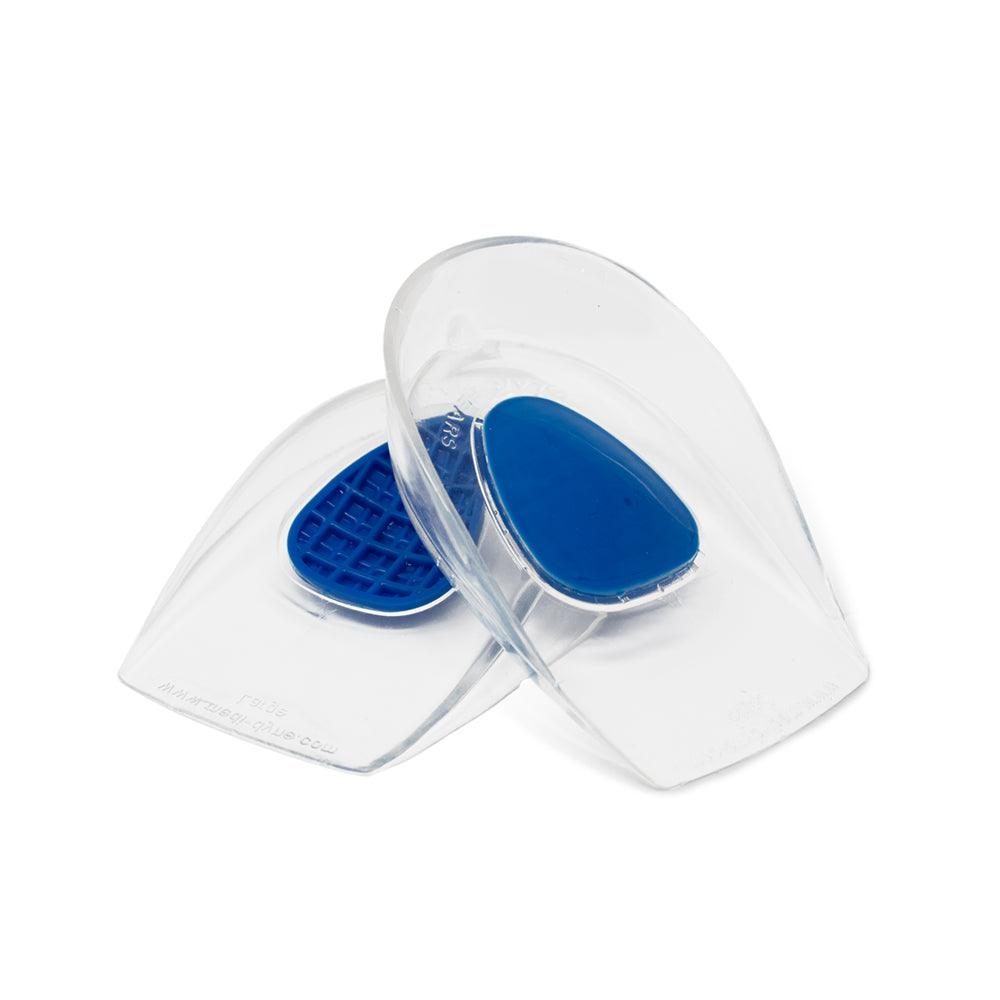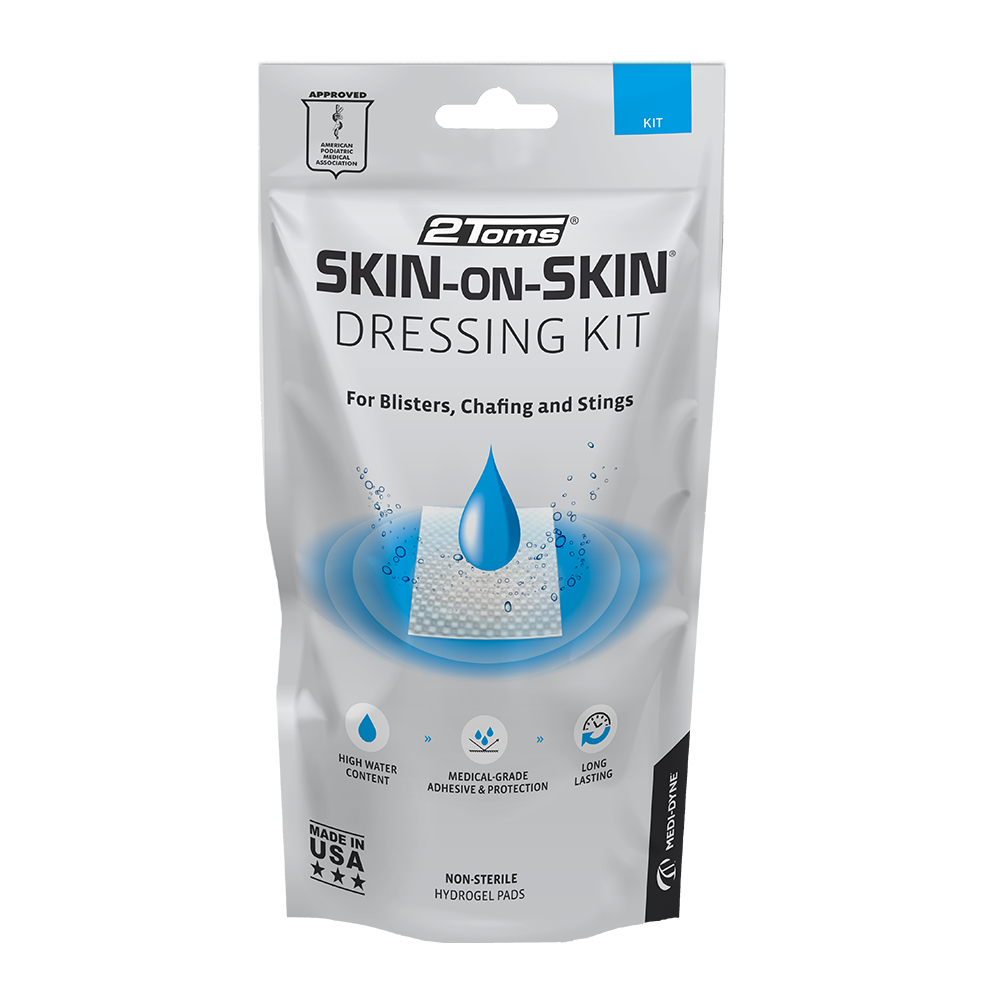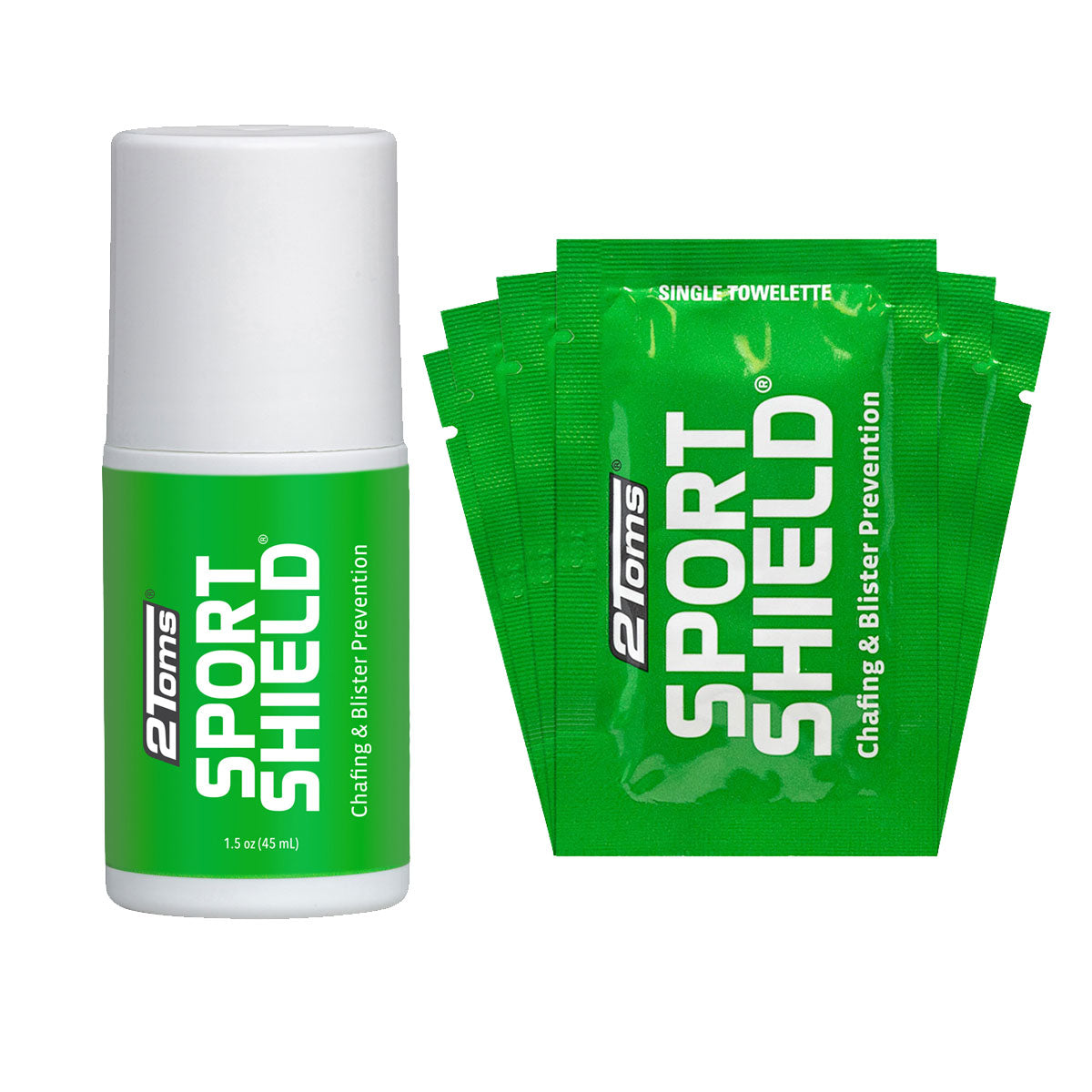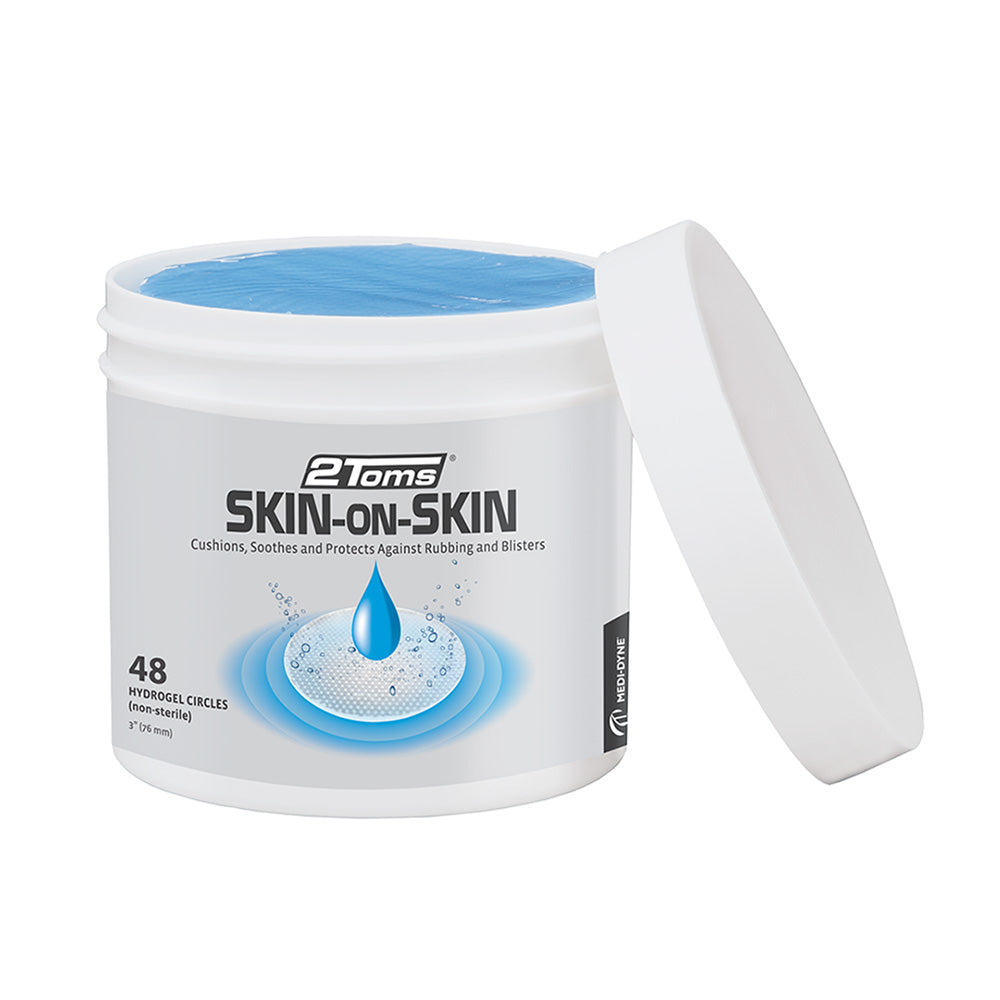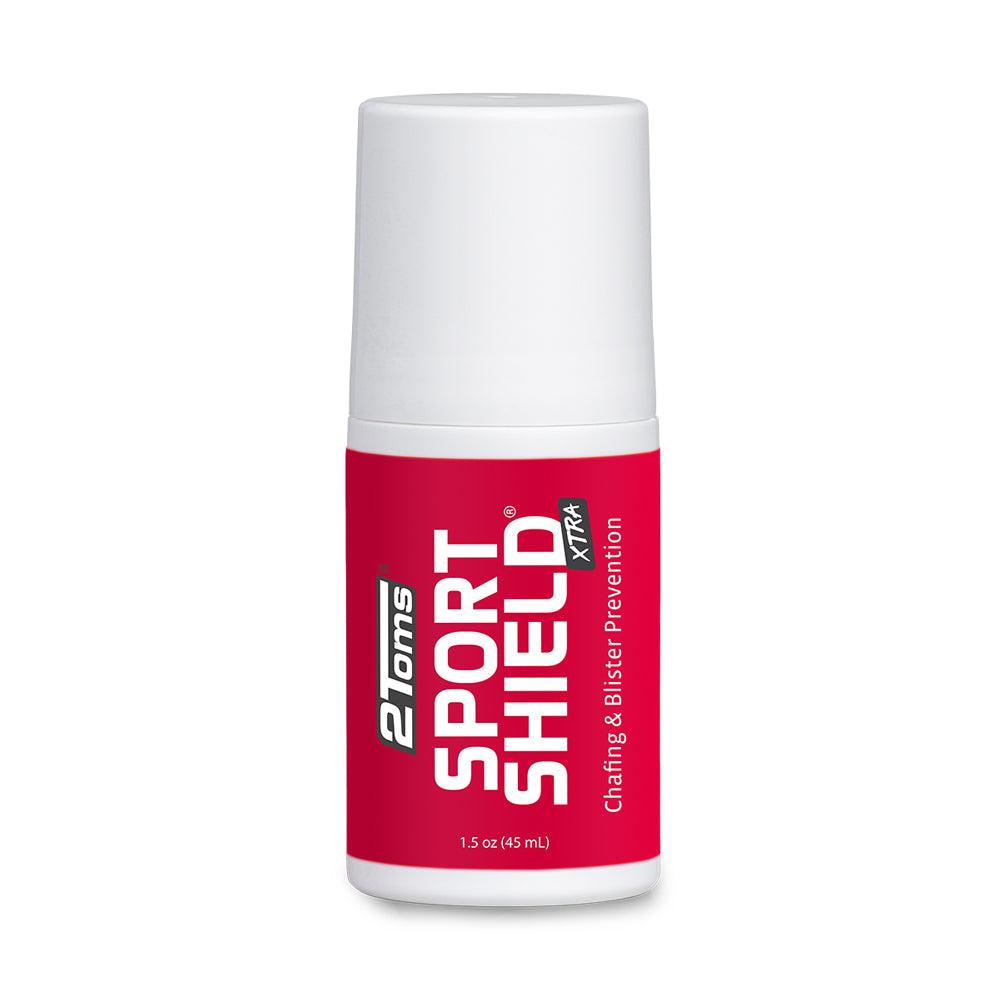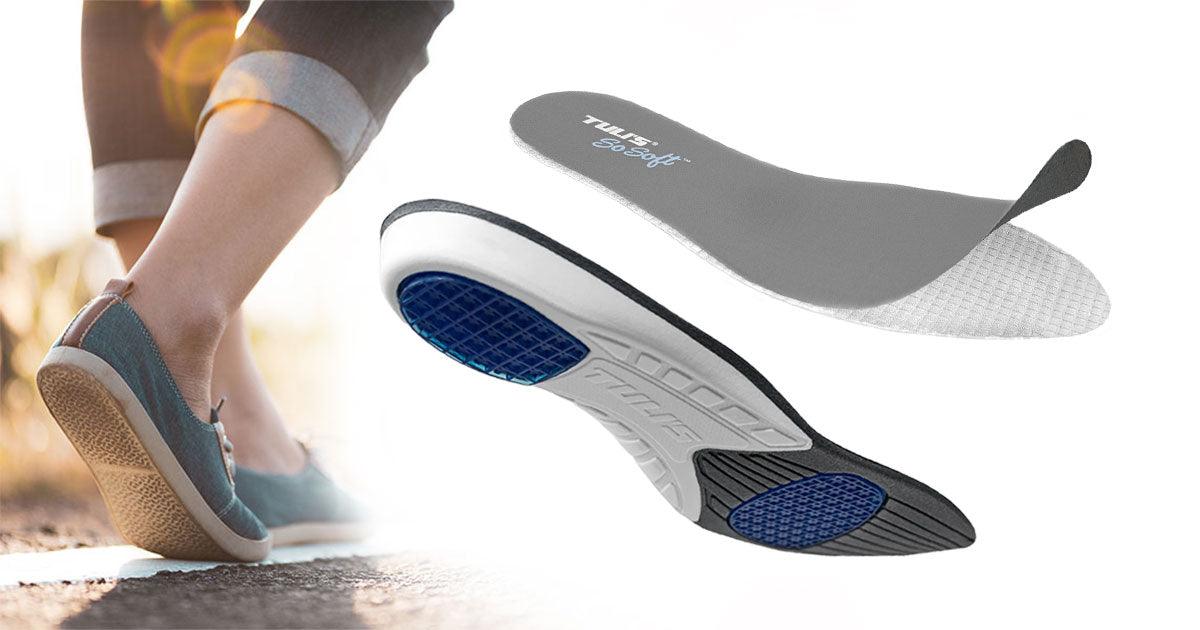Heel Pain
Heel pain is a common complaint among adults and active youth athletes, especially those participating in high impact activities including gymnastics, basketball, soccer, among others.
While only a thorough evaluation will determine the causation and subsequent treatment plan, most agree that as part of the initial approach the most effective therapy includes immediately addressing a patient’s pain.
The Low Dye Taping Technique
For years podiatrists, physical therapists, and athletic trainers have used taping techniques to help reduce pain and support the arch and plantar fascia. First developed by Dr. Ralph Dye, the Low Dye taping method was designed to fix the subtalar joint axis, which consequently reduces excessive pronation. (1) Several studies found this treatment to have impressive instant effects (within 10 – 20 minutes) after the application. (2,3,4,5)
A more recent study has shown promising longer-term effects of consistent use of the Low Dye taping. This study’s results imply that Low Dye taping is
“more effective for reducing foot pain, correcting weight distribution, and improving stability due to foot correction than performing conservative physiotherapy only.” (6)
Dr. Joshua P. Eldridge, a Certified Chiropractic Sports Physician and a member of the team treating patients at the Olympic Training Center in Colorado Springs in the lead up to the London Olympics, saw promising results using this methodology for Sever’s disease in young gymnasts. He noted one drawback,
“Low-Dye taping was designed to off-load the plantar fascia and provide immediate relief from plantar fasciitis and Sever’s disease,” states Dr. Joshua P. Eldridge, “unfortunately, taping is time-consuming, temporary, and not something most people have the time or skill to do properly on their own.”
The X Brace
To mitigate these issues, Dr. Eldridge developed Tuli's X Brace™. The unique “X” design in the patented Tuli's X Brace provides support and reduces arch pressure, very similar to how low-dye taping works but without the need for time, tape, or expertise.
Upon initial use of The Tuli's X Brace, the response from gymnasts who were experiencing pain due to Sever’s Disease, Plantar Fasciitis or overpronation was extremely positive:
- Pain relief proved to be immediate
- The brace was deemed comfortable for use during barefoot workouts and competitions
- The convenient design made for an effective solution that was easy for the athletes to put on and take off, eliminating the need to sit with a trainer to get taped before beginning practice
- While prolonged daily use was not encouraged, putting on The Tuli's X Brace before any practice and wearing it for a few hours made an appreciable difference in eliminating pain.
Similarly, positive results have been realized by individuals with plantar fasciitis. Sufferers who slip on The Tuli's X Brace before getting out of bed have avoided the pain that comes with that first step in the morning.
The light-weight, comfortable construction allows for use while barefoot or with sandals or heels, which has been a constant struggle for people suffering from plantar fasciitis. Since 2011 the feedback has been overwhelmingly positive for both the immediate relief of pain and as part of the long-term treatment protocol for plantar fasciitis and Sever’s disease.
PLEASE NOTE: The information on this website and article is for information only and should not be used as a substitute for consulting your doctor. Consult your doctor for proper diagnosis and rehabilitation.
References:-
The effect of high-Dye and low-Dye taping on rearfoot motion. Keenan AM, Tanner CM. Journal of the American Podiatric Medical Association 2001 May; 91(5):255-61.
-
Keenan AM, Tanner CM: The effect of high-Dye and low-Dye taping on rearfoot motion. J Am Podiatr Med Assoc, 2001, 91: 255–261. [PubMed]
-
Radford JA, Landorf KB, Buchbinder R, et al. : Effectiveness of low-Dye taping for the short-term treatment of plantar heel pain: a randomised trial. BMC Musculoskelet Disord, 2006, 7: 64.[PMC free article] [PubMed]
-
Harradine P, Herrington L, Wright R: The effect of Low Dye taping upon rearfoot motion and position before and after exercise. Foot, 2001, 11: 57–60.
-
Holmes CF, Wilcox D, Fletcher JP: Effect of a modified, low-dye medial longitudinal arch taping procedure on the subtalar joint neutral position before and after light exercise. J Orthop Sports Phys Ther, 2002, 32: 194–201. [PubMed]
-
Effects of the application of Low-Dye taping on the pain and stability of patients with plantar fasciitis. Chan Park, MS, PT,1Sangyong Lee, PhD, PT, Dong-young Lim, Char-Woo Yi, PT, Jang Hwan Kim, and Chunbae Jeon, PhD, PT. Journal of Physical Therapy Science 2015 Aug; 27(8): 2491–2493.
